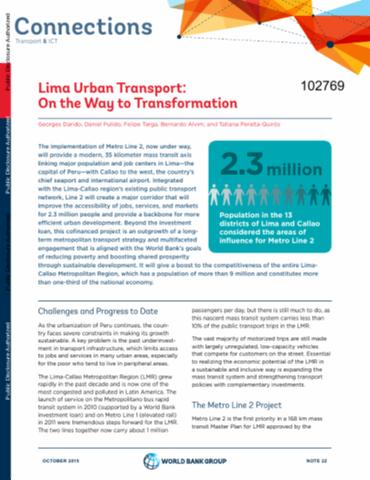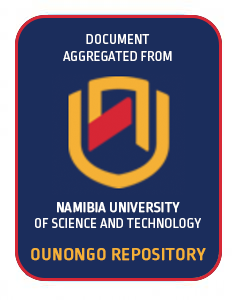Country Partnership Framework for the Repbulic of El Salvador for the Period FY2016-FY2019
El Salvador is the smallest country in
Central America, and one of the most densely populated in
the world. El Salvador is among the countries most affected
by weather-related events and other hazards, incurring
annual losses of around 2.5 percent of GDP. Worldwide, it
ranks second highest for risk exposure to two or more
hazards and highest for the total population at a relatively
high risk of mortality. Furthermore, climate change is





